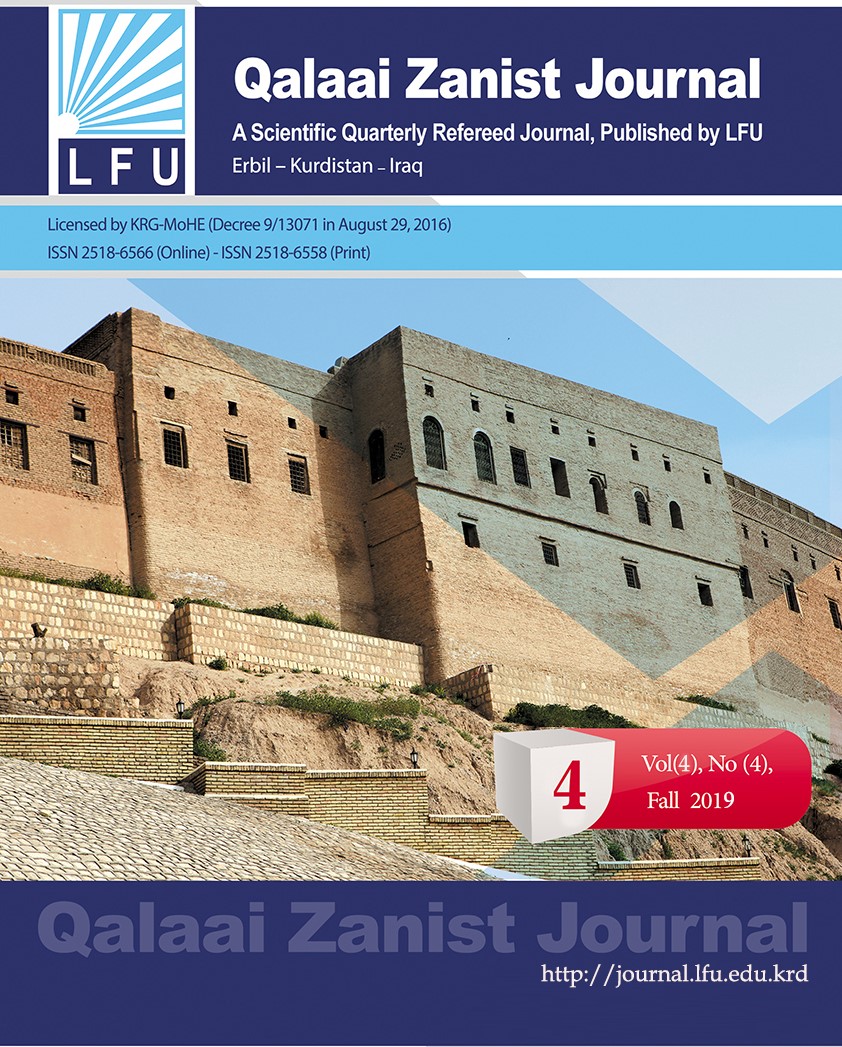تحليل كفاية رأس المال المصرفي وأثره في المخاطر المصرفية وفق المعايير الدولية )دراسة تطبيقية في عينة من المصارف التجارية العاملة بإقليم كردستان- العراق(
##plugins.themes.bootstrap3.article.main##
Abstract
This study dealt with the analysis of the bank capital adequacy and its impact on banking risks according to international standards, and the study aimed to show and analyze indicators for each of the criteria for bank capital adequacy and for each of the banking risks in the banks of the study sample, the study followed the descriptive analytical and investigative approach, where data were collected from reports The annual study of the Kurdistan region banks, the sample of the study, and reached a number of results, including that the study showed the results of the analysis of the relationship and impact between indicators of the study variables, the existence of a relationship and impact between those indicators, and this necessitates accepting the study hypothesis which states: Banking risk indicators and indicators of banking yield indicators of capitaladequacy banking, and this is reflected in the value of the bank, The study found a number of the results of an analysis of the nine indicators to calculate the adequacy of bank capital, they collectively embodied what is customary, ie, what is applied in the Arab and foreign banks. Also, one of the striking results of what appeared in the ninth criterion, which represents the capital to the weighted risky assets, as it was a high percentage in most banks in the Kurdistan Region, the sample of the study, and this may be due to the flexibility shown by the instructions of the Central Bank of Iraq (ordeficiencies in them), when Calculation of this standard
Downloads
##plugins.themes.bootstrap3.article.details##
How to Cite
Copyright (c) 2019 Soran Abdullah Mustaf

This work is licensed under a Creative Commons Attribution 4.0 International License.

